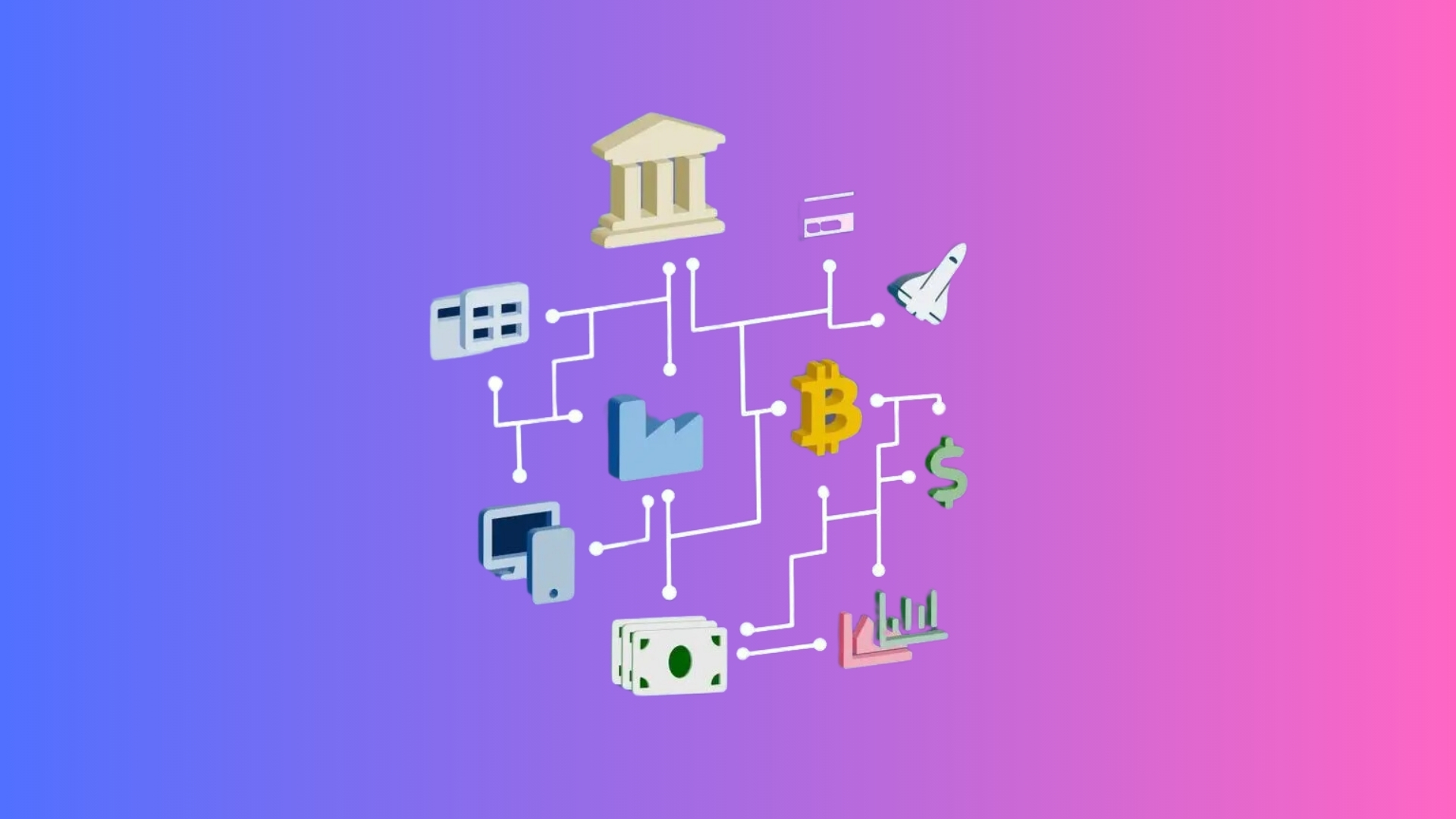How to use DeFi? A Beginner's Guide
Jump to section
Decentralized finance, or DeFi, opens up a world of financial opportunities accessible to anyone with an internet connection. DeFi offers services similar to those in traditional finance, but with greater freedom, transparency, and inclusivity. Whether you’re new to crypto or an experienced user, DeFi provides a range of options to fit your financial goals.
Peer-to-Peer Crypto Trading
DeFi trading happens on decentralized exchanges (DEXs), which operate without intermediaries. These platforms use smart contracts, ensuring transparency and trustworthiness.
DEXs offer:
- Spot Trading: Buying and selling crypto assets.
- Futures Trading: Speculating on future asset prices.
- Crypto Derivatives: Customized financial products.
Popular spot DEXs include Uniswap (UNI), Curve (CRV), and Balancer (BAL). On Solana, popular DEXs are Jupiter (JUP), Raydium (RAY), and Orca (ORCA).
Key Differences Between DEXs and Centralized Exchanges (CEXs)
- Control: DEX users keep full control of their assets with non-custodial wallets.
- Anonymity: No need for Know Your Customer (KYC) verification.
- Automation: DEXs use Automated Market Makers (AMMs) for instant trades.
Yield Farming
Yield farming involves staking LP tokens to earn extra rewards. When you stake LP tokens, you lock them in a smart contract controlled by a DeFi protocol.
Why Do Platforms Incentivize Staking?
Staking reduces the circulating supply of tokens, potentially increasing their market value. This process allows traders to earn additional rewards beyond their initial LP tokens.
Considerations
Yields can vary widely between platforms and decrease as more users participate. New protocols may offer high yields but come with higher risks.
Providing Liquidity
Liquidity pools are community-funded collections of crypto assets managed by smart contracts. Each pool contains a pair of assets, like ETH/DAI or SOL/USDT.
How It Works
- Contribution: Users lend crypto assets to a pool.
- Trading: Traders swap one asset for another in the pool.
- Rewards: Liquidity providers earn LP tokens, representing their share of the pool and a proportion of trading fees.
Lending and Borrowing
DeFi platforms connect lenders and borrowers more efficiently than traditional systems. Users can take out loans by posting digital assets as collateral, useful for those who need cash but don’t want to sell their crypto.
Types of DeFi Lending Protocols
- Lending Markets: Platforms like Compound (COMP) and Aave (AAVE) allow users to lend and borrow assets.
- Collateralized Debt Positions (CDPs): Platforms like Maker (MKR) and Liquity (LQTY) let users mint stablecoins against posted collateral.
Governance Tokens
Governance tokens give holders voting power to manage DeFi platforms. They democratize decision-making, transitioning projects into decentralized platforms.
How to Get Governance Tokens
Projects often distribute these tokens via airdrops to users who have engaged with their platform. Alternatively, users can buy them on exchanges like Kraken.
Synthetic Crypto Assets
Platforms like Synthetix (SNX) let users create tokenized versions of various assets, including currencies, commodities, and stocks. Users deposit SNX tokens as collateral to mint these synthetic tokens.
Flash Loans
Flash loans are uncollateralized loans that must be repaid within the same transaction, typically within seconds. They require users to create smart contracts to deploy capital across DeFi platforms quickly. However, flash loans are highly technical and risky, requiring deep knowledge of smart contracts.
Conclusion
DeFi offers a broad spectrum of financial services, from trading and yield farming to lending and synthetic assets. While the opportunities are vast, it’s essential to understand the risks and conduct thorough research before diving in. Whether you’re looking to trade, earn yields, or participate in governance, DeFi has something for everyone.

